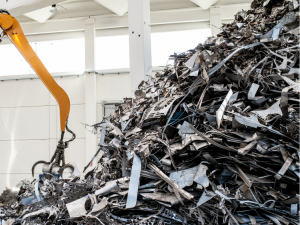
Ferrous scrap mart seen sluggish into the holidays
The ferrous scrap markets both here and abroad are displaying a definite lack of enthusiasm as we head into the holiday season.

The ferrous scrap markets both here and abroad are displaying a definite lack of enthusiasm as we head into the holiday season.

Ferrous scrap prices were largely rangebound to down at the November settle, market sources told SMU.

The US and Canadian ferrous scrap markets for November have not settled following the US presidential election. There doesn’t seem to be a key indicator as to why November prices haven’t settled yet. For the ferrous scrap market, I can’t see a big change occurring. Nothing short-term, anyways. The mills don’t seem to have a view, either, or at least they aren’t showing a lean in any direction.
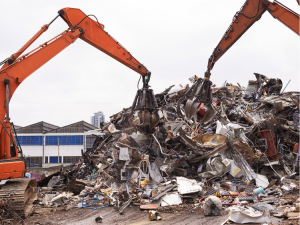
As we await the formation of November’s domestic ferrous scrap market, all the recent action is in the export market. However, it is debatable whether events in this arena are influencing our US market other than psychologically. This opinion has been expressed by several sources that I have approached.
Gerdau Long Steel North America completed its previously announced acquisition of Dales Recycling Partnership, a Tennessee-based operator and processor of ferrous and nonferrous scrap, on Nov. 1.

The ferrous scrap market for November is starting to look more like the several preceding months.
We all know the American news cycle moves pretty fast. Viral today, cached tomorrow. So it is with the US presidential election on Tuesday, Nov. 5. People have election fatigue. They've moved on to other things like planning holiday parties, debating Super Bowl hopefuls, or even starting to look forward to our Tampa Steel Conference in February.

The recycled iron and steel markets seem to be “ho hum” at this stage of October. The word on the street is strong sideways, which is really not a bullish sentiment compared to the optimism of two weeks ago.
Global scrap prices increased in Asia and the US in October, although we believe downside risks remain for prices in the short term, particularly outside the US market.
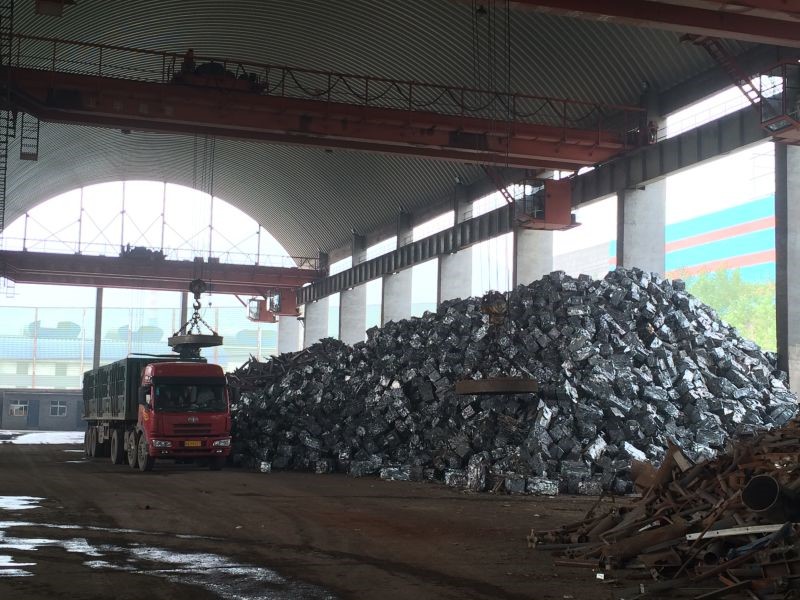
Scrap prices ticked up in October outside of Chicago and Detroit, scrap sources told SMU.
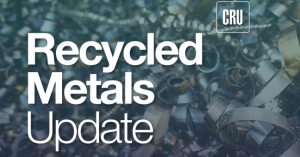
Last week, US mills entered the scrap market, albeit later in the month than usual. Now we know why. They were trying to buy sideways (whatever that means anymore).

George Adams said he feels fortunate to be able to work with his kids at SA Recycling, the company his family founded. But that’s not the case with many family-owned businesses.

The US scrap market has been in a steady decline for the first nine months of this year. As we enter Q4, there seems to be scant hope things will change in October. However, some players are seeing a bit of light after this month, depending on steelmaker appetite for scrap.
Steel Dynamics Inc. (SDI) expects lower third-quarter earnings on the heels of “meaningfully lower” prices at its flat-rolled steel operations. The Fort Wayne, Ind.-based steelmaker expects Q3’24 earnings of $1.94 to $1.98 per diluted share, according to figures released on Monday. That’s down from $2.72 per share in Q2’24 and down from $3.47 per share in Q3’23.
September scrap prices came in a soft sideways, with only mild hopes for a higher October, market sources said.
Industrial recycler PADNOS announced its acquisition of three scrap operations in the Midwest.

Great Lakes-area mills have entered the September ferrous scrap market in a surprisingly prompt manner.

The price spread between hot-rolled (HR) coil and prime scrap widened slightly in August but remains in territory not seen since late 2022, according to SMU’s most recent pricing data.
US scrap prices picked up in August, though near-term demand is expected to remain weak, scrap sources told SMU.

The US ferrous scrap market has essentially traded sideways for August. It may be too early to judge how much traction these prices will have with the trade.

RMU contacted ferrous market players in both the Southeastern region and the Midwest regions about the direction of the ferrous scrap market for August. One executive in the Great Lakes district confirmed the flow of shredder feed and obsolescent scrap did not change in July. All his orders for shredded scrap have been delivering to the mills without issue. He thinks shredded scrap can trade sideways from July in the Midwest.
Charter Manufacturing, a diversified metals manufacturer, has agreed to buy regional scrap metal recycler Niles Iron & Metal Co.

The prices for the July market weren’t settled until July 8 and now we are approaching the formation of the August market.
Operating income from Steel Dynamics Inc.’s (SDI) recycling operations clocked in higher in the second quarter than in the first on increasing volumes and despite lower realized pricing. Recycling operations brought in $32.1 million, an increase over $22.6 million in Q1, but lower than the $40.3 million last year, the Fort Wayne, Ind.-based company said […]
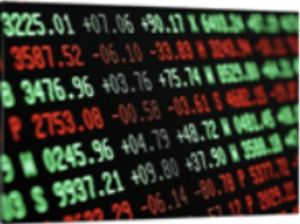
The CME steel futures complex saw a slight decrease in activity from levels seen at the end of June. This has coincided with a notable decline in flat prices for the nearby futures contract, now August HRC, which is lower by $81 per short ton (st) since last writing on June 13. It settled at $672/st on July 17.
Scrap prices came in mostly sideways in July, with prime scrap prices edging down while shredded and HMS tags ticked up slightly, scrap sources told SMU. They believe a bottom has been reached in the market.

The ferrous scrap export market on the Atlantic and Gulf Coasts of North America has maintained its pricing for several months despite continuing declines in domestic markets.

North America has one of the most robust steel scrap markets in the world. The continent has a long history of steel production, significant imports of steel and steel-containing products, and mature steel consumption. Due to this, the reservoir of scrap available to be recycled each year in the US and other North American markets is substantial and growing.

After celebrating the July 4th holiday, let’s have a look back at the first half of 2024.
Radius Recycling continued to bleed red in its most recent quarterly report as it negotiated persistently challenging conditions in the recycled metals market.